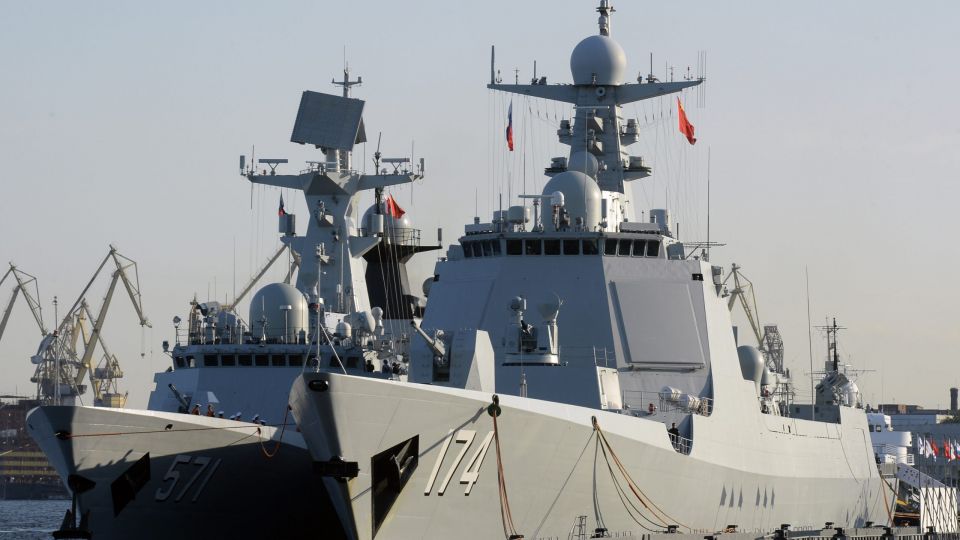March 14, 2018
Far removed from the Soviet sell-off vessels it had in the 70s and 80s, China’s maritime forces have rapidly modernized to meet the challenges of the country’s new geo-political reality.
On the 20th anniversary of Hong Kong’s return to China, Beijing sent its sole aircraft carrier – the Liaoning – to visit the city as a show of force. President Xi Jinping used the occasion to underscore China’s role in the world and that Hong Kong must not be a platform to launch anti-Beijing dissent.
The Liaoning stayed in harbor for five days, where it was open to the public before it set sail for the South China Sea. The carrier itself emphasizes the rapid modernization that the People’s Liberation Army Navy (PLAN) has taken and China’s increasing presence in the South China Sea.
More than one force
To fully understand China’s naval presence, one must first understand there are three branches of Beijing’s armed forces that deal with maritime issues. The first and most prominent is the PLAN with its blue water capabilities and its capital ships. The PLAN operates under the command of the People’s Liberation Army. The second force is the Chinese Coast Guard, the largest such force in the world. The coast guard operates as a branch of the People’s Armed Police, China’s law enforcement agency.
The last is a unique force known as the People’s Armed Forces Maritime Militia and operate on a local basis. Each coastal city or province is expected to have its owned maritime militia, one comprised of local seamen who know coastal waters. Should the occasion arise, the PAFMM is to coordinate with its two more well-armed sister organizations and offer local expertise.
Most members of the armed militia do not possess a military or law enforcement rank and are considered civilians. The PAFMM operate in a legal grey area and have made headlines in recent years for harassing and running blockades in the South China Sea. Members of the PAFMM have seized Vietnamese and Philippines vessels and sunk several fishing boats operating on Chinese-claimed waters. Far from an organized force, the PAFMM operate as a vanguard of Chinese interests with vessels ranging from small patrol boats to makeshift-converted fishing vessels.
According to the US-based think tank, the Center for International Maritime Security, China “employs irregular militia forces at sea alongside naval and maritime law enforcement units. By deploying these so-called ‘blue hulls’ manned by un-uniformed (or selectively-uniformed) militiamen, the PRC presses its maritime claims and confronts foreign sea services within a ‘gray zone.’”
Rapid expansion
While the navies of traditional powers like the United States are dispersed throughout the world to protect its interests (The US has two Pacific Fleets, an Atlantic Fleet and an Indian Ocean and Arabian Gulf fleet), China’s maritime forces are concentrated close to its territorial waters. This means that it doesn’t need a large blue water navy like the United States. Most Chinese Coast Guard and a number of PLAN ships are littoral combat ships, focused on the coastal zones instead of deep water. China’s military supply chains also do not need to extend over an ocean with ports close to areas of deployment. This has helped to the rapid expansion of its navy as the need for capital ships (aircraft carriers and large cruisers) is less than that of the United States.
That said, Beijing is still interested in the power projection that a blue water navy provides. The Liaoning may be the first Chinese carrier (it is actually a refitted Soviet-era aircraft carrier) but there are plans for two more indigenous-built carriers to complement its forces.
China is also taking a page out of the US’s book and is negotiating leases to build overseas naval ports/bases. Its first naval support base, in Djibouti, is operational and supports Chinese operations in the Indian Ocean and Africa.


